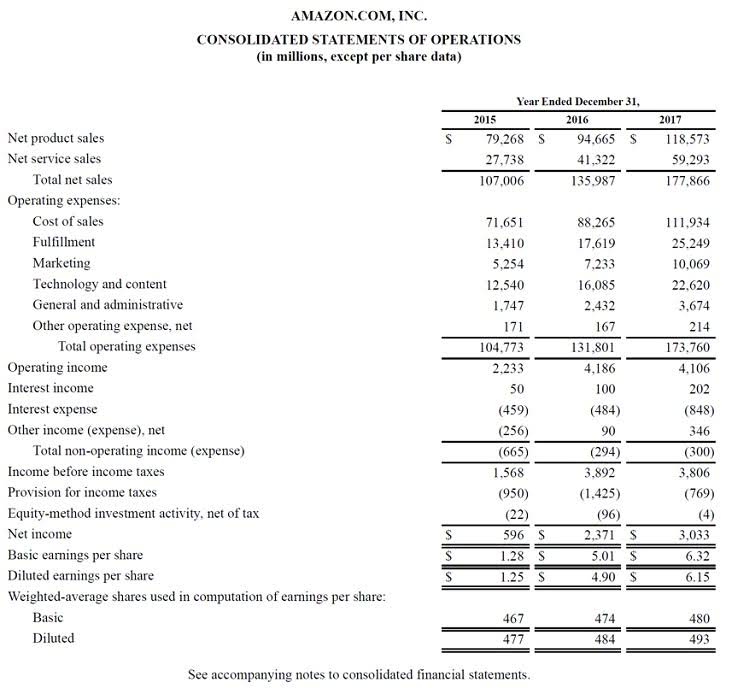
Rising prices generate higher fees and decrease net revenue, lowering taxable income. Although FIFO is the most common and trusted method of inventory valuation, don’t default to using FIFO. He or she will be able to help you make the best inventory valuation method decision for your business based on your tax situation, inventory flow and recordkeeping requirements. If you are looking to do business internationally, you must keep IFRS requirements in mind. If you plan to do business outside of the U.S., choose FIFO or another inventory valuation method instead. Many businesses find this requirement alone negates any benefits of LIFO valuation.
Why is LIFO banned by IFRS?

This means that all units that were sold that day came from the previous day’s inventory balance. For example, suppose a shop sells one of the two identical pairs of shoes in its inventory. One pair cost $5 and was purchased in January, and the second pair was purchased in February and cost $6 unit. Using LIFO can help prevent obsolescence by ensuring out-of-date items are sold or used before they become obsolete.
Last In, First Out (LIFO) Method Problem and Solution FAQs
It is up to the company to decide, though there are parameters based on the accounting method the company uses. In addition, companies often try to match the physical movement of inventory to the inventory method they use. In conclusion, the Last In First Out (LIFO) method is a valuable tool for inventory valuation, allowing businesses to match current costs with revenues and potentially reduce tax liabilities.

Making the Decision to Use the LIFO Method
- Although it can be a practical way of managing your inventory, there are many countries in which the practice of LIFO is banned.
- LIFO liquidation occurs when a firm sells more units than it purchases in any year.
- Finance Strategists has an advertising relationship with some of the companies included on this website.
- Under periodic, you wait until the end of the period and then take the most recent purchases, but under perpetual, we take the most recent purchases at the time of the sale.
- When a company selects its inventory method, there are downstream repercussions that impact its net income, balance sheet, and ways it needs to track inventory.
Cost of goods sold is an expense for a business, meaning it will also have tax implications. This produces a higher taxable income, so a business will typically have to pay more in taxes. With this cash flow assumption, the costs of the last items purchased or produced are the first to be counted as COGS. Meanwhile, the cost of the older items not yet sold will be reported as unsold inventory. The LIFO method assumes that the most recently purchased inventory items are the ones that are sold first.
- So, it is not an accepted method under the taxation rules of many countries worldwide, including India.
- Rohan has a focus in particular on consumer and business services transactions and operational growth.
- The inventory valuation method is prohibited under IFRS and ASPE due to potential distortions on a company’s profitability and financial statements.
- We presume that the most recent purchase was sold first under, last in, and first out.
- It also means that the remaining inventory has a lower value since it was purchased at a lower cost.
For example, if LIFO results the lowest net income and the FIFO results in the highest net income, the average inventory method will usually end up between the two. Make sure to only consider the units on hand at the time of the sale https://www.bookstime.com/ and work backwards accordingly. The last units in were from January 26th, so we use those first, but we still need an additional 30. Since we are using LIFO, we must take the last units in, which would be the units from January 12th.
We will simply assume that the earliest units acquired by the shop are still in inventory. The earliest unit is the single unit in the opening inventory and therefore the remaining two units will be assumed to be from the current month’s purchase. Under LIFO, the company reported a lower gross profit even though the sales price was the same. Now, it may seem counterintuitive for a company to underreport profits.
LIFO Method: Example, Formula, Advantages and Disadvantages
On the income statement, it would provide significant revenue and cost of goods sold matching. Under this system, if the corporation sold 50 calculators, the most recent calculator costs would be matched with the revenue produced from the sale. Consider a corporation with two snowmobiles in its initial inventory, each costing $50,000. The corporation will deduct the cost of the newer snowmobile ($75,000) from selling one snowmobile. Now it’s time to consider the consequences of using LIFO on a company’s financial statements. The default method for inventory costing is FIFO; if you want to use LIFO, you must choose it.
The type of inventory that a business holds can influence its choice of FIFO or LIFO. For example, businesses with a beginning inventory of perishable goods will usually choose FIFO, since it’s in their best interest to sell older products before they expire. Using the appropriate inventory valuation system can help track real inventory management practices. Thus, it is most accurate for them to report based on the most recent prices of their inventory purchases.
Return on sales (ROS)
- The table below depicts the company’s various purchasing transactions for Elite Roasters products.
- The result of this decline was an increase in earnings and tax payments over what they would have been on a FIFO basis.
- But the cost of the widgets is based on the inventory method selected.
- FIFO is more common, however, because it’s an internationally-approved accounting methos and businesses generally want to sell oldest inventory first before bringing in new stock.
As a result, the balance sheet may contain obsolete costs irrelevant to financial statement users. The balance sheet reveals worse quality inventory information when it is used. This is because it first depreciates the most recent purchases, leaving earlier obsolete costs as inventory on the balance sheet. A corporation can reduce its stated level lifo calculation example of profitability and hence defer the recognition of income taxes by transferring high-priced inventory toward the cost of goods sold. LIFO stands in contrast to FIFO (First In First Out), another common inventory valuation method. The right accounting software helps you track your inventory values so you can quickly and easily calculate costs.